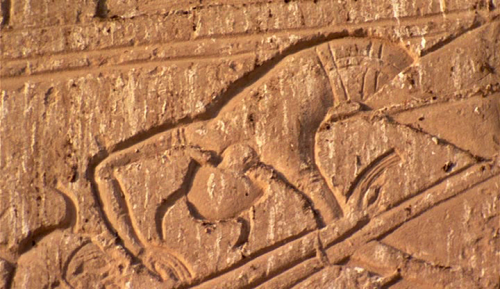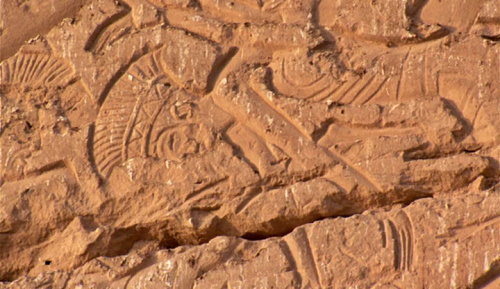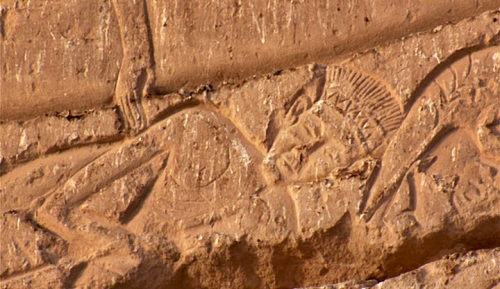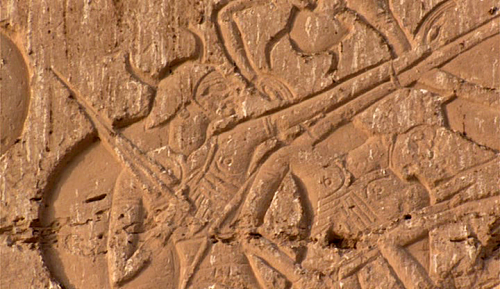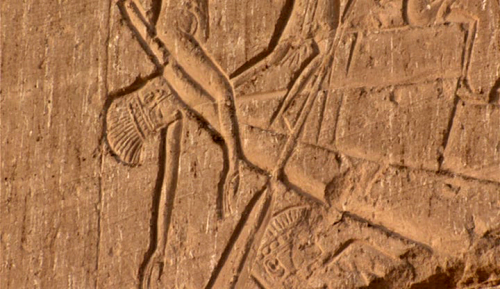richard-miles-archaeologist:Ancient Worlds - BBC Two Episode 2 “The Age of Iron”Med
richard-miles-archaeologist:Ancient Worlds - BBC Two Episode 2 “The Age of Iron”Medinet Habu, The Mortuary Temple of Ramesses III, at Thebes, Upper Egypt. This New Kingdom period temple is probably best known as the source of inscribed reliefs depicting the sea battles between Egypt and the Sea Peoples (about 1190 BC).The Medinet Habu inscriptions are also significant for their artistic depictions of the Sea Peoples. These provide valuable information about the appearance and accoutrements of the various groups, and can lend clues towards deciphering their ethnic backgrounds.According to Egyptian accounts the Sea Peoples, a group of distinct peoples of diverse origins, were named as the Peleset, Tjeker, Shekelesh, Denyen, Habiru and Weshesh. Scholars have tried to identify these places as mainland Italy, Sardinia, Sicily, the islands of the Aegean, Palestine and even Minoan Crete and Anatolia. But such claims still remain mere conjecture.Outside Egypt, the Sea Peoples frequently assaulted the coastal regions of the Hittite Empire, the Levant and other areas around the Mediterranean coast. Both the Hittite empire and the city state of Ugarit mention the Sea Peoples in earlier stages - until the destruction of both supposedly at the hands of them. The destruction of numerous Mycenaean sites and one of the causes of the decline of Mycenaean civilization are also attributed to invaders; the Sea Peoples.The Sea Peoples wanted to establish permanent settlements and brought with them women and children. They were populations on the move, displaced perhaps from their own lands and forced to fight for new and safer territories to settle in. The Sea Peoples movement was one of the largest and most important migration in history which changed the face of the ancient world.Pictures: details from the reliefs depicting the battles between the Egyptians and the Sea Peoples in Medinet Habu. Among the Sea Peoples are the Sherden warriors (characteristic helmet with two horns) and The Peleset (represented with the “feathered” headdress).PART IIMedinet Habu, Theban Necropolis, Luxor, Egypt -- source link
#history#ancient history
